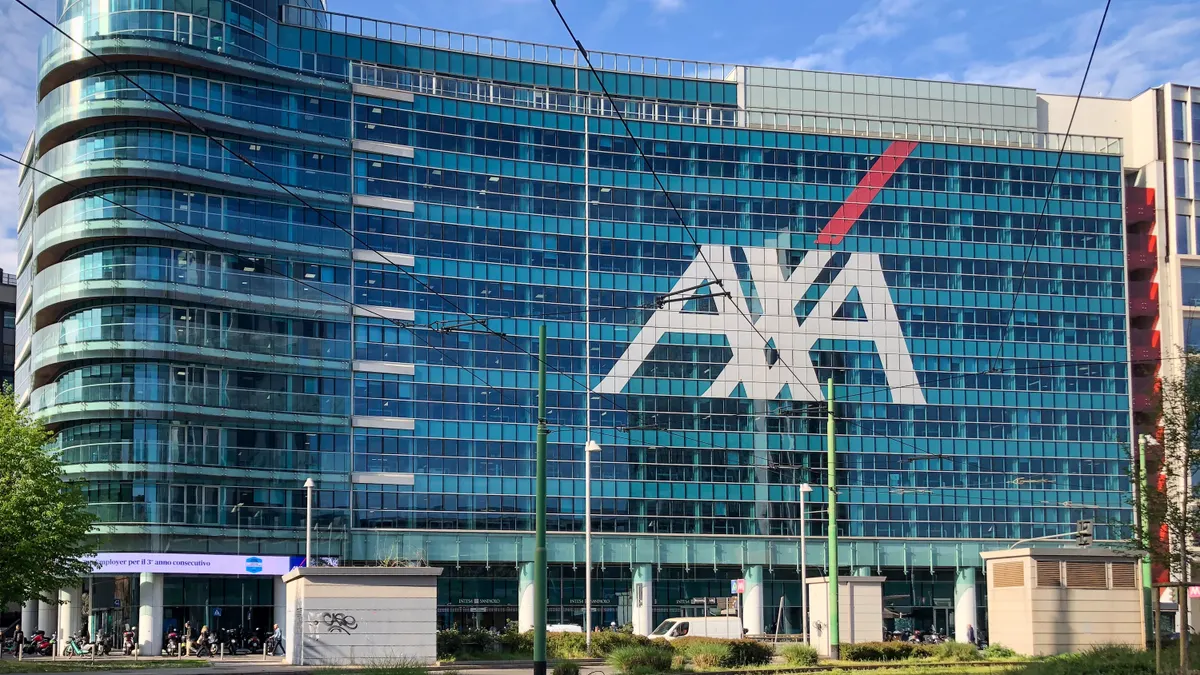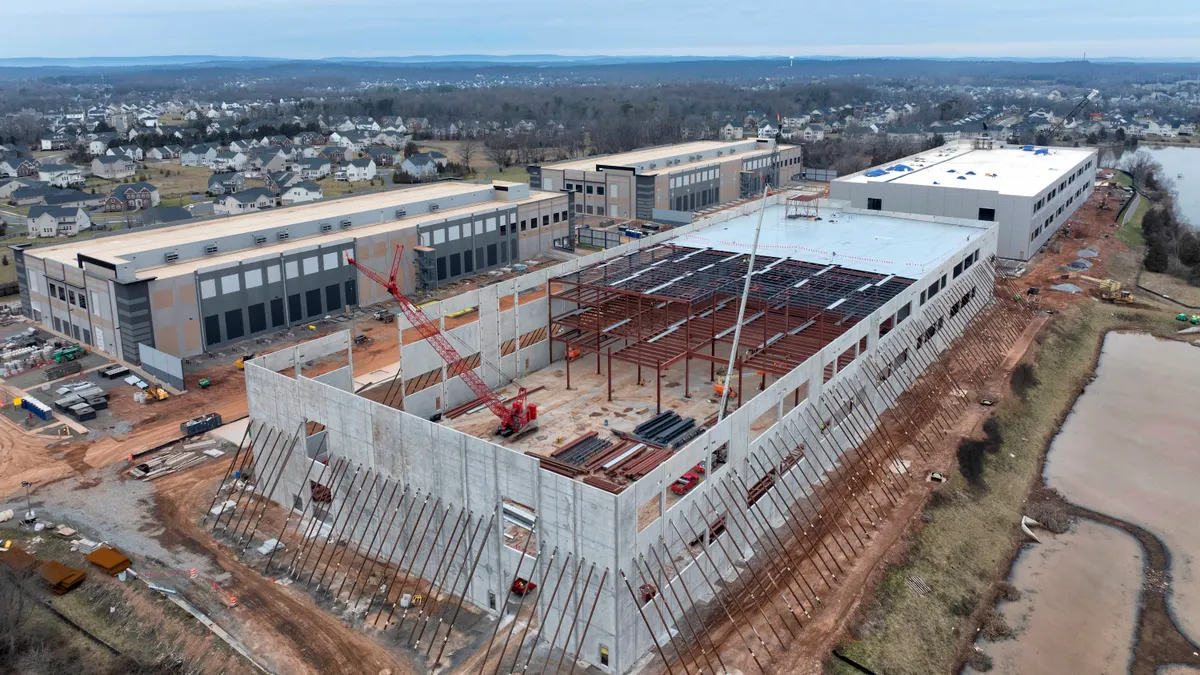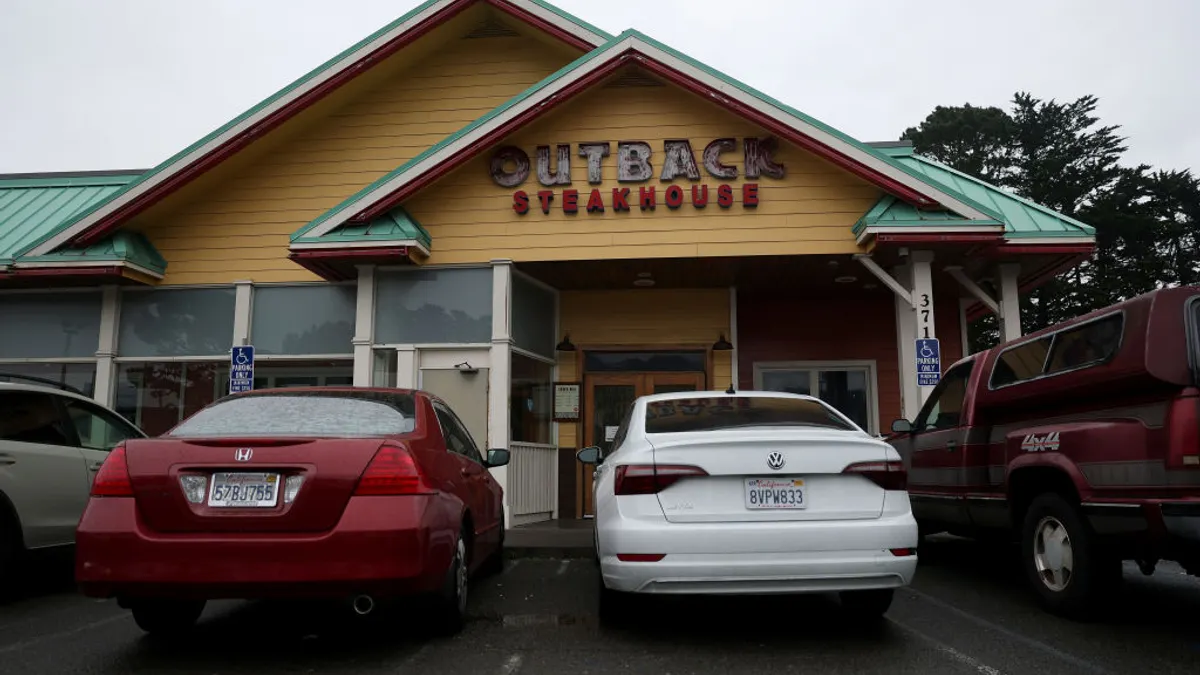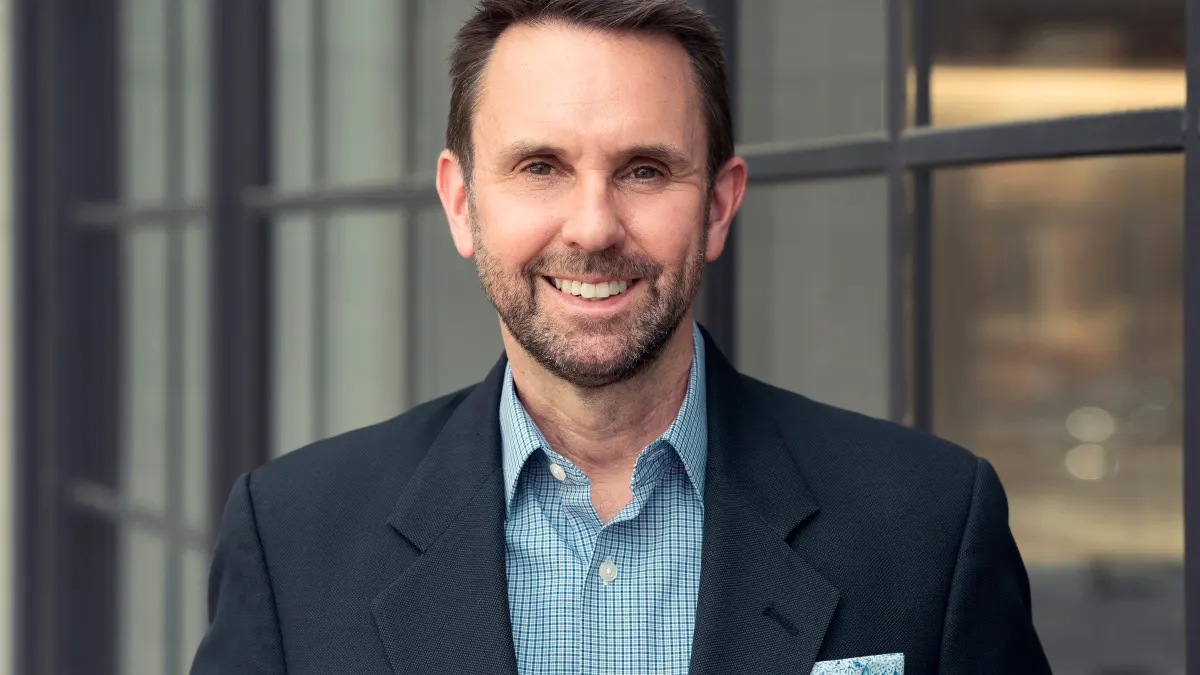The SolarWinds hack hit at the intersection of cybersecurity and IT, as a significant security breach impacted a critical IT monitoring tool. A swift response to the crisis requires a concerted effort from employees that helm IT and cybersecurity functions.
Inside the average company, technologists are at work to understand the exact scope of the impact, and how to sustain their IT backbone to uphold operations. The CIO, who the rest of the organization will turn to for support and insight, oversees this critical process.
Though news of the attack went live earlier this week, the average organization is "still trying to come to grips with what's going on," said Joe Fizor, lead solutions engineer at TBI. With a trusted tool compromised, IT is working to safely get visibility and analytics on the status of the network, a process that requires all hands on deck.
From their leadership position, a CIO can become a balancing figure that connects the needs of cybersecurity and IT teams. Digital functions became more critical in the wake of the pandemic, which means CIOs face additional pressure to quickly solve for any friction taking place between IT and the security.
The lines between IT and cybersecurity employees have blurred over the years, as security duties blend into the day-to-day of IT, Luke Tenery, partner at StoneTurn.
"I think you're going to continue to see that trend with even greater security built into what was typically just IT operations, software platforms, etc.," Tenery said.
Bridging company gaps
Despite this blurring of lines, communication and timely information sharing can help the CIO bridge any rifts between cybersecurity and IT professionals as the organization strives to respond.
Much like specialized physicians working together, akin to surgeons and anesthesiologists, security and IT workers need to "communicate and share information while also having clear understanding of scope of duties and expertise," and sharing requirements among one another, said Tenery. "That said, both experts need access to the heart rate of a patient on the table."
In organizations with CISOs among their top leadership, budget allocation issues can introduce additional tension between IT and security. But organizations with a transparent relationship between both executives stand to benefit from efficiency gains.
Cybersecurity is seen as a critical priority in a business world reshaped by COVID-19. Security solutions sit alongside cloud computing among the list of top technologies businesses turn to in response to the pandemic, according to a report from Deloitte.
Amid heightened pressure, CIOs can lead by ensuring coordination and communication throughout the process, in order to guarantee the attack surface and assets are covered and ensure the health of the organization, Tenery said.
Employees from IT and security organizations should be working alongside each other in areas such as staff training, vendor analysis and vulnerability identification, said Fizor.
"CIOs must continually create formal and informal touchpoints between IT and security teams," said Fizor. "This can be in the form of joint team meetings and protocols that clearly lay out the process for cross-collaboration. CIOs must also ensure that the systems and tools these teams are using aren't siloed."
Roadmap to linking security and IT
Internal perception of the security outfit inside the company needs to change for organizations to operate more effectively in response to a breach. It's another task the CIO can help with.
"Security organizations are often referred to disparagingly as the 'Department of No,'" said Scott Crawford, research director for the Information Security Channel at 451 Research, a part of S&P Global Market Intelligence. "It would be good, first of all, to not see them like that."
If IT and security teams have been siloed in the past, CIOs will be entering the new year with a renewed interest in creating better synergy between the two, said Linda Kahangi, chief information and operations officer at Nomadix.
"This could look like a change in leadership structure or empowering executives, especially on the security side, to have a larger say in planning," Kahangi said in an email. "Security needs to be considered at all stages of IT, especially when deploying new systems or making significant infrastructure changes."
In search of common ground, IT and security can find common ground in the need to train employees against cybersecurity threats, as the vast majority of breaches start with human error.
"IT and security teams need to work together to provide on-going cybersecurity training for all employees, especially while working remotely," said Kahangi.























